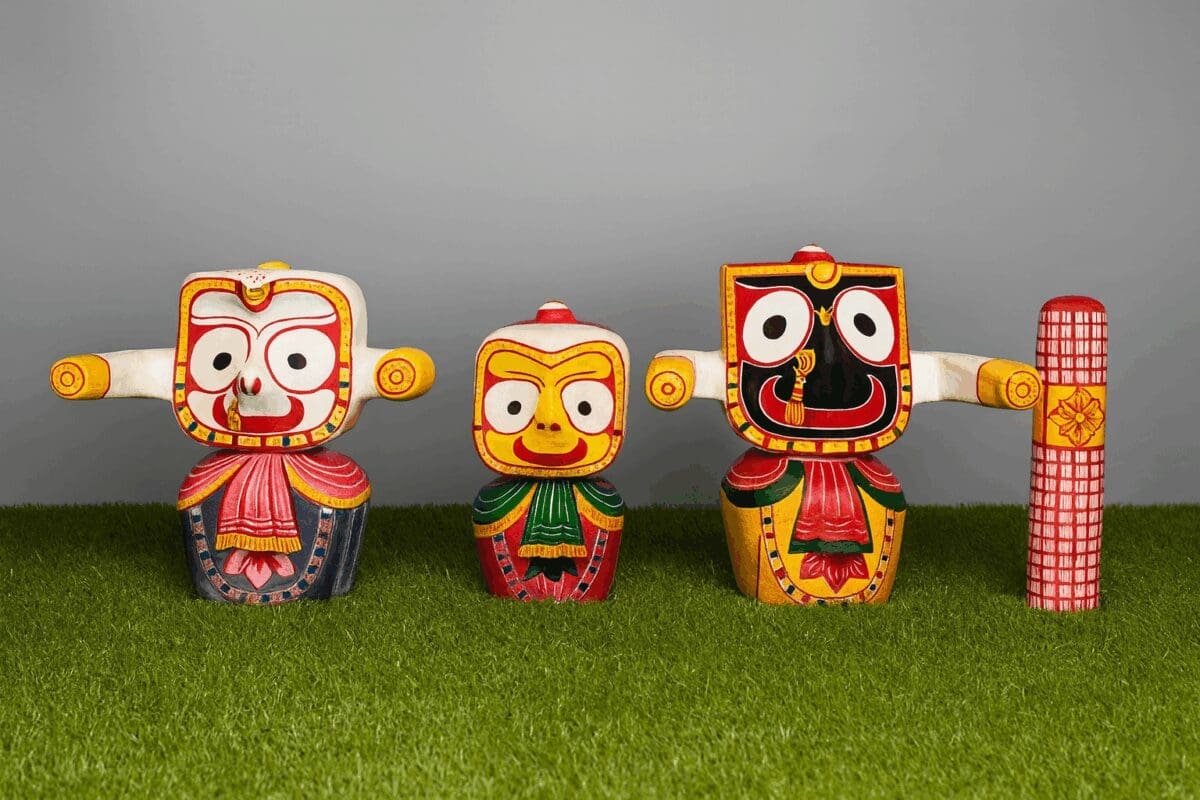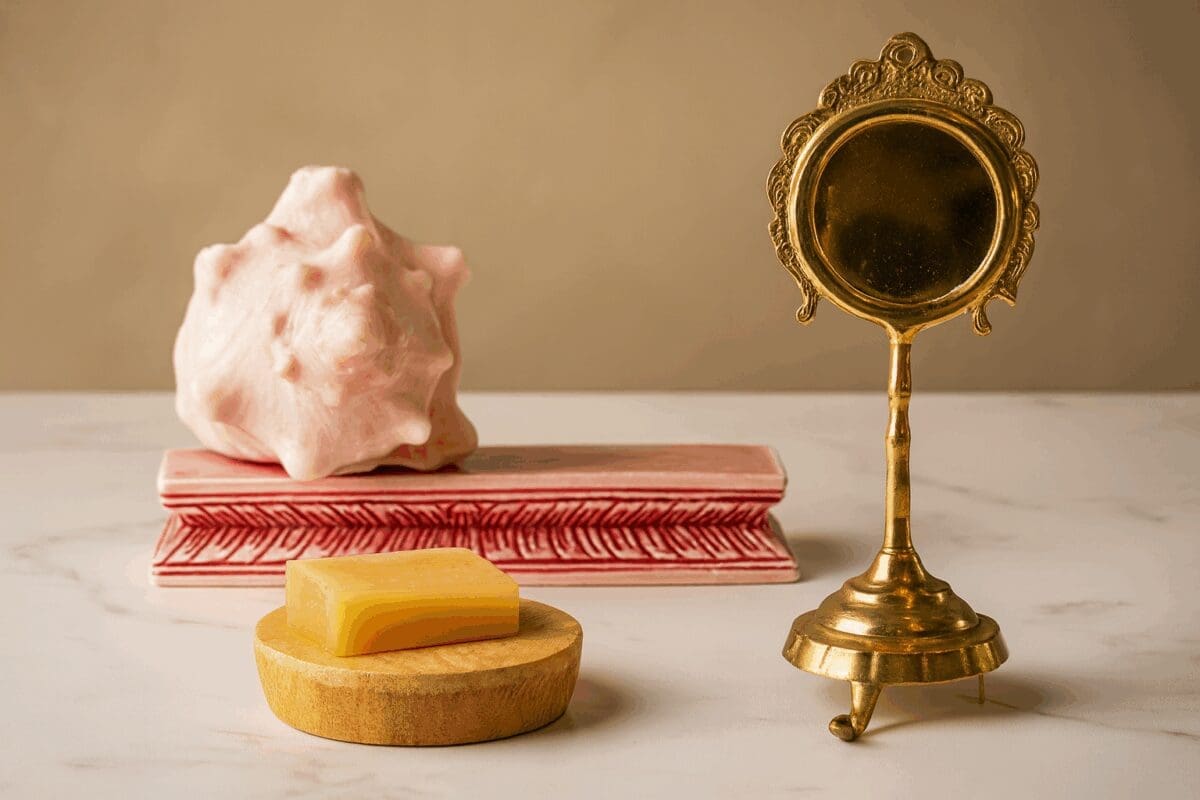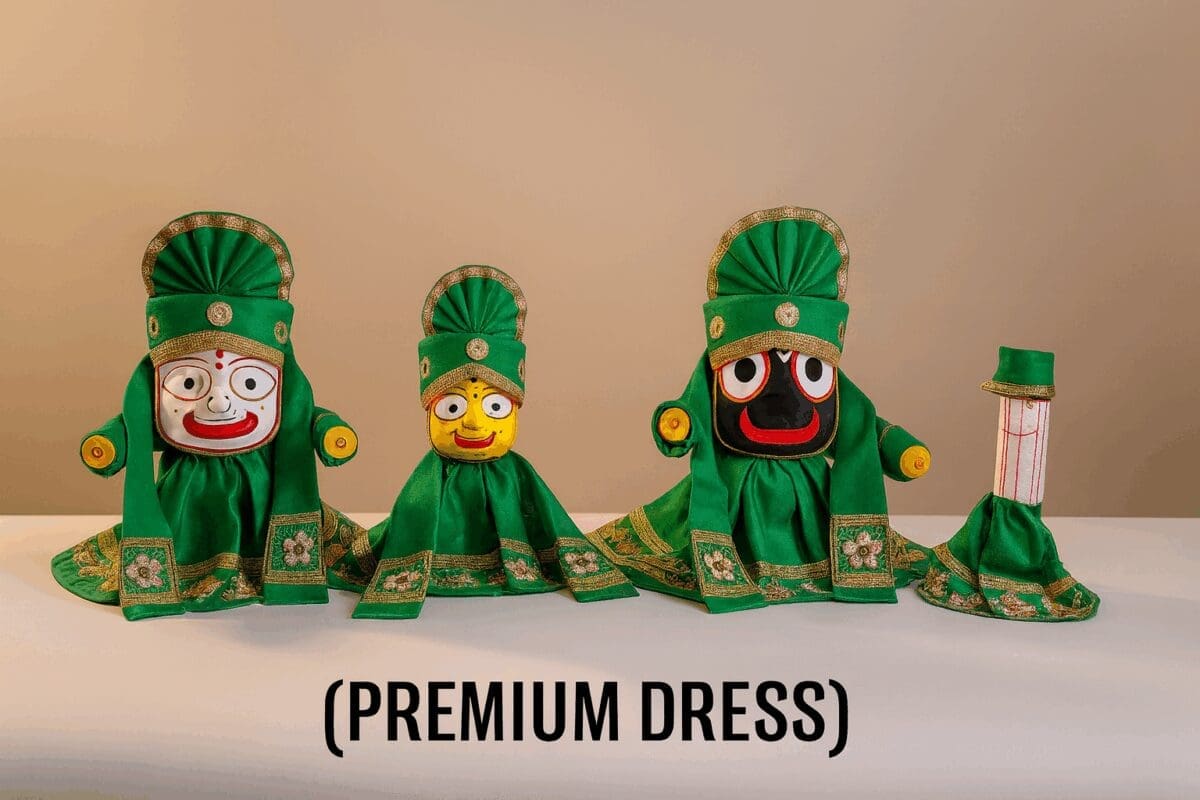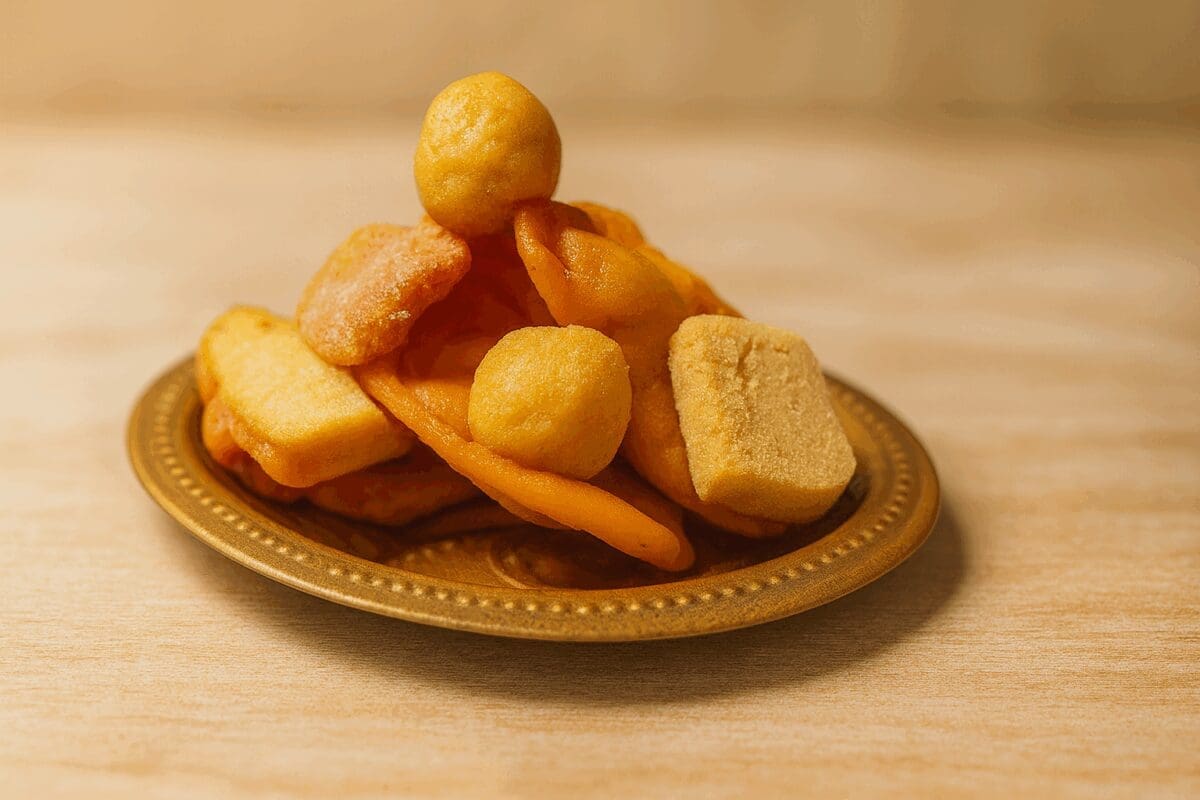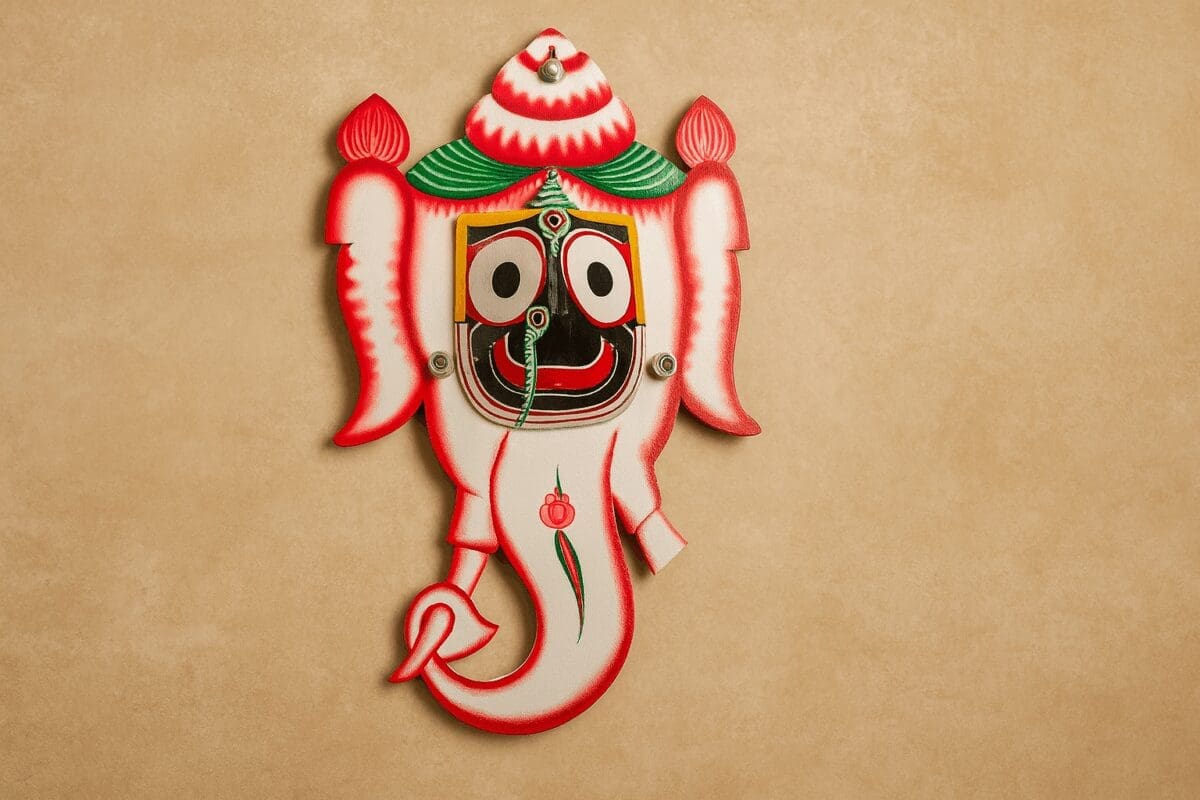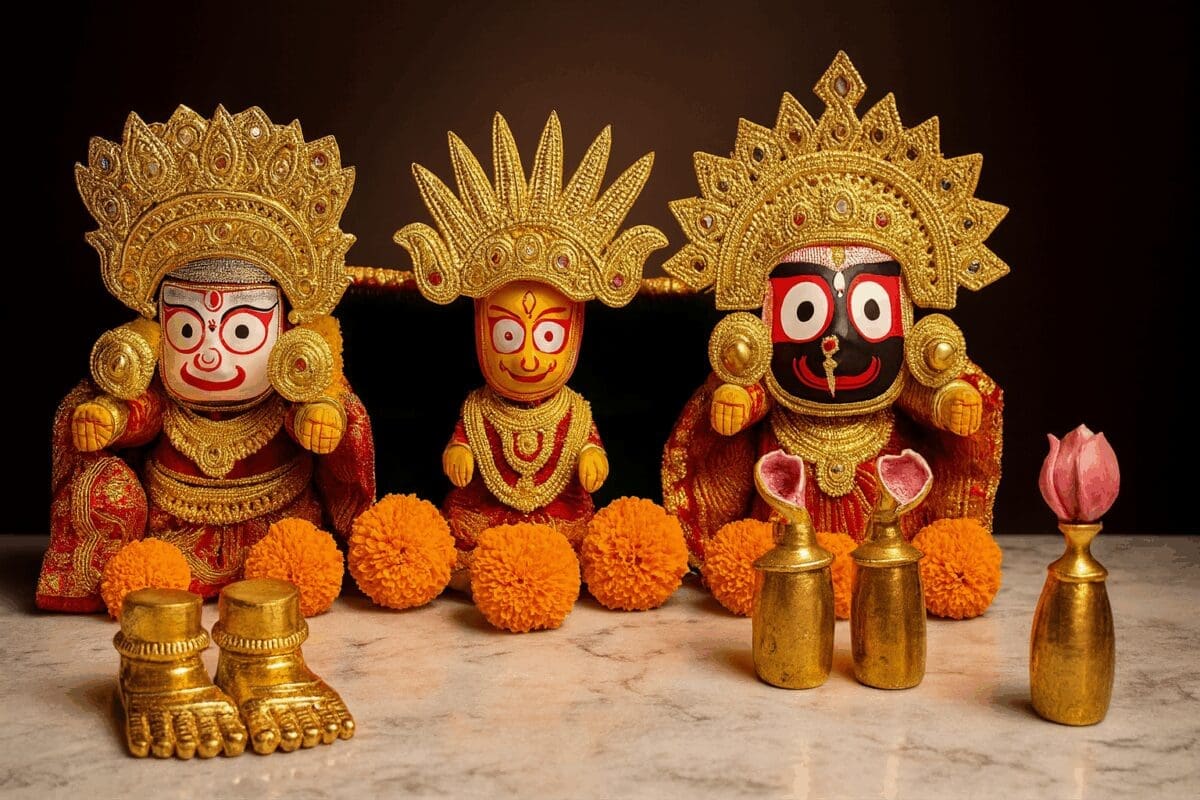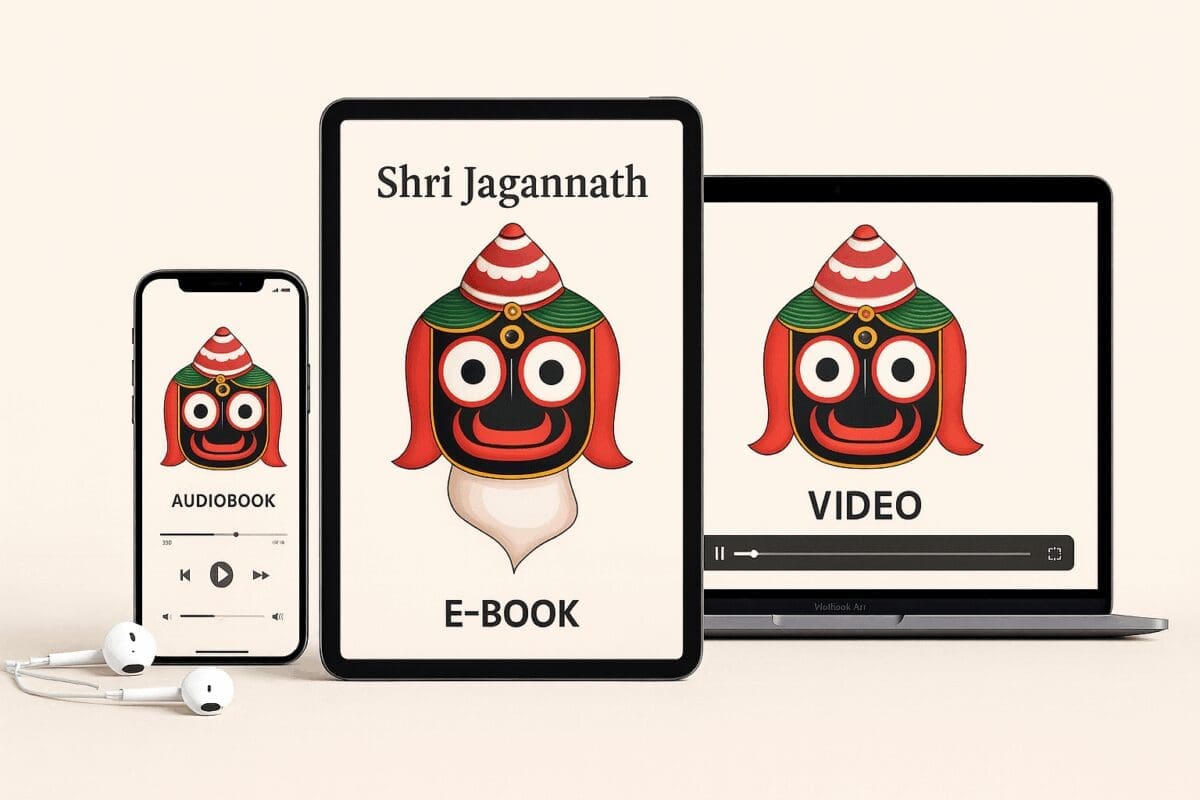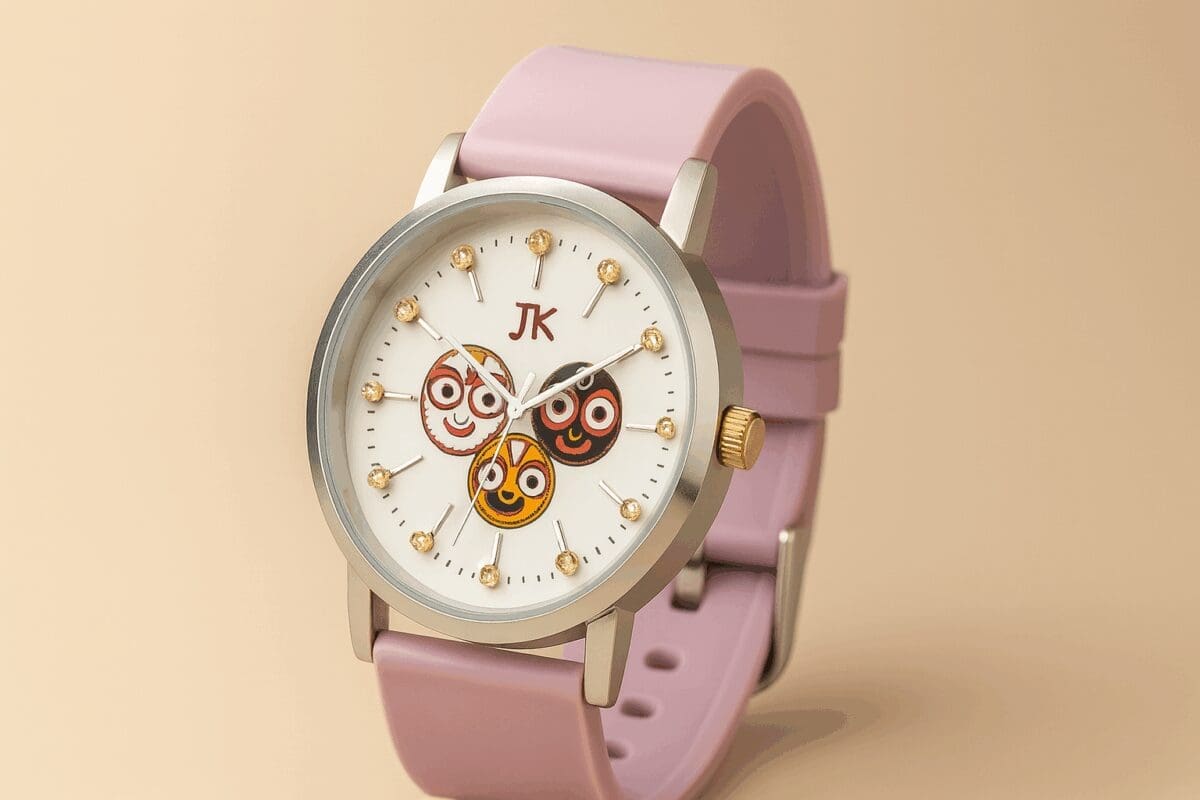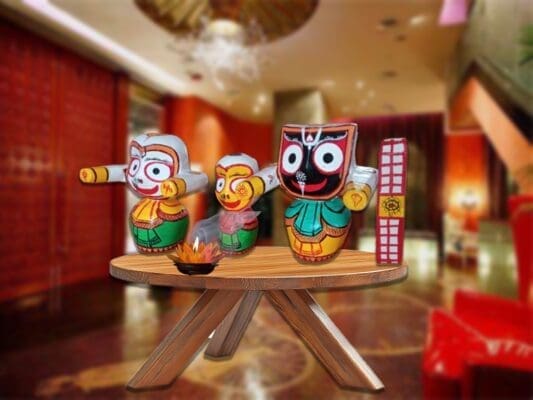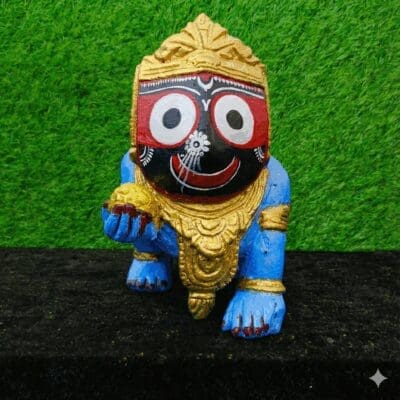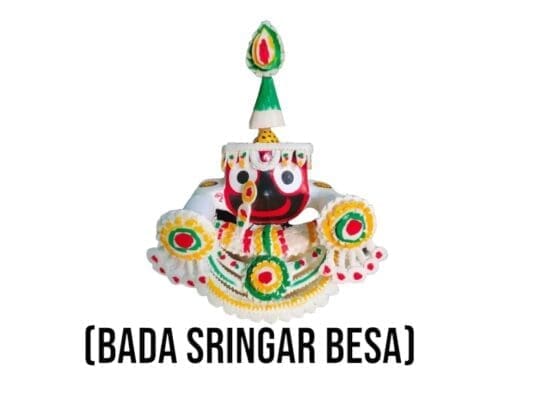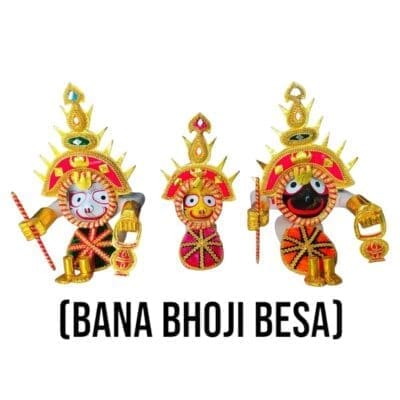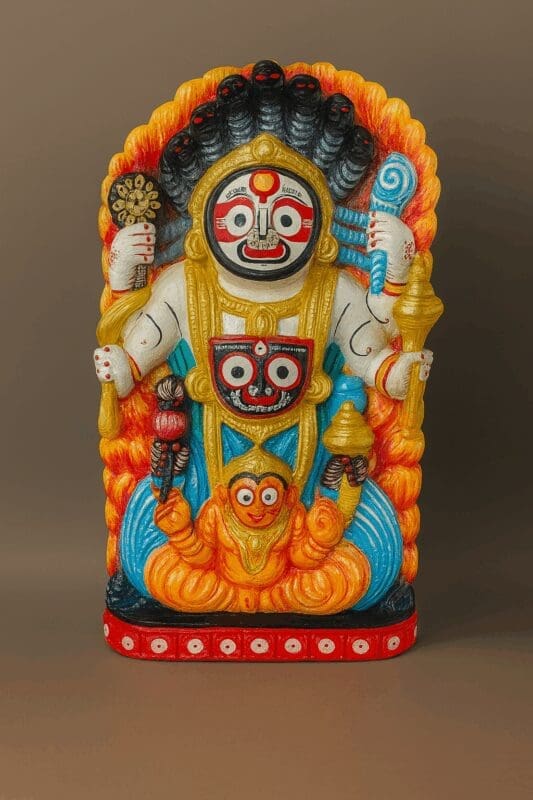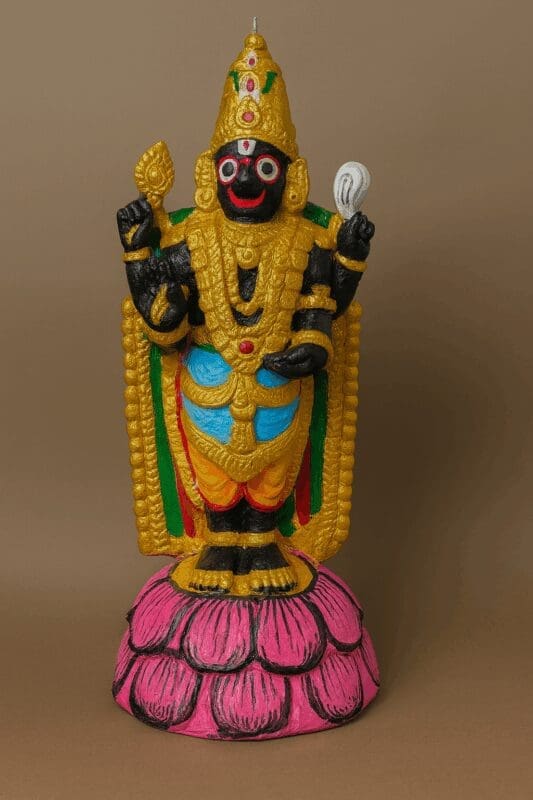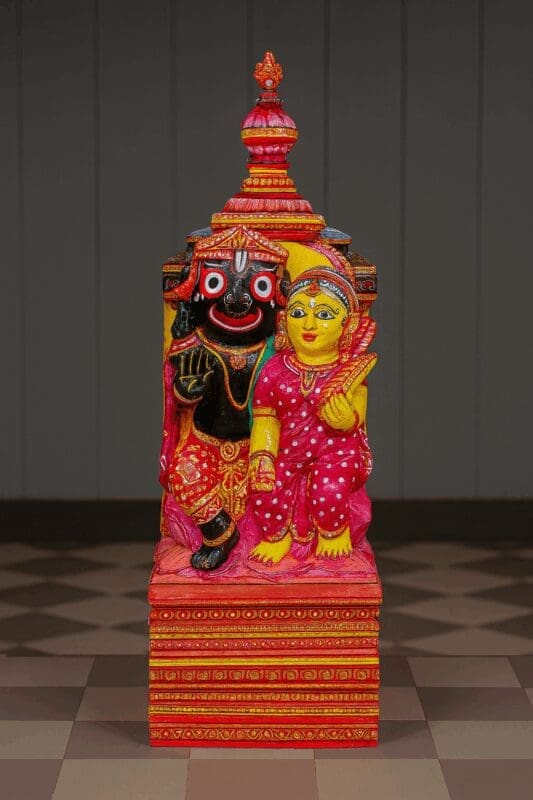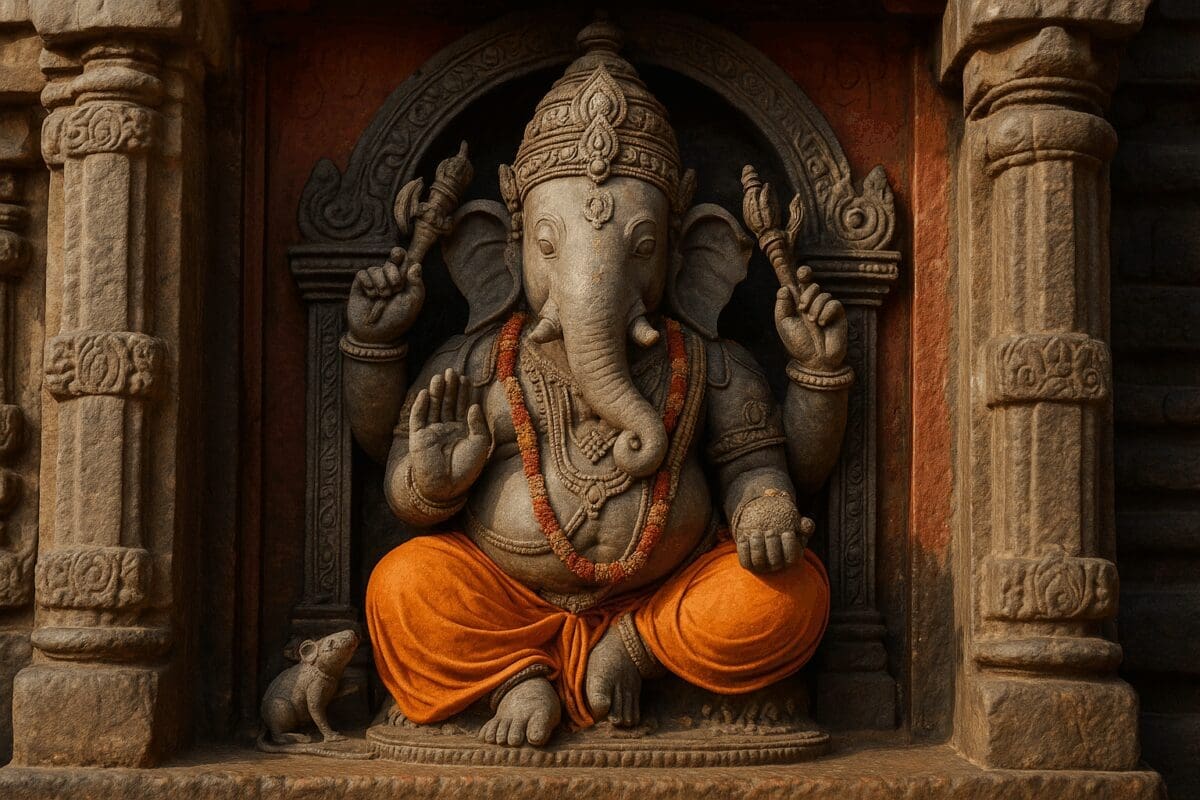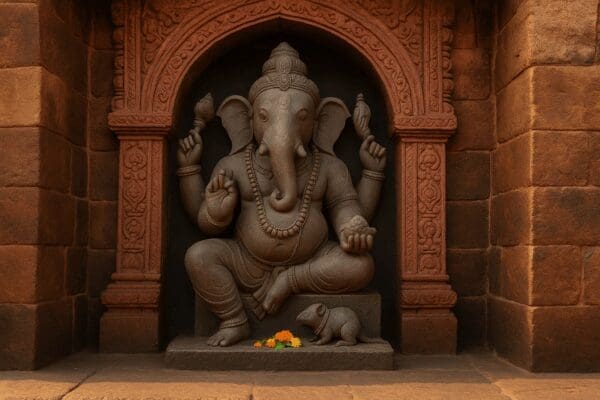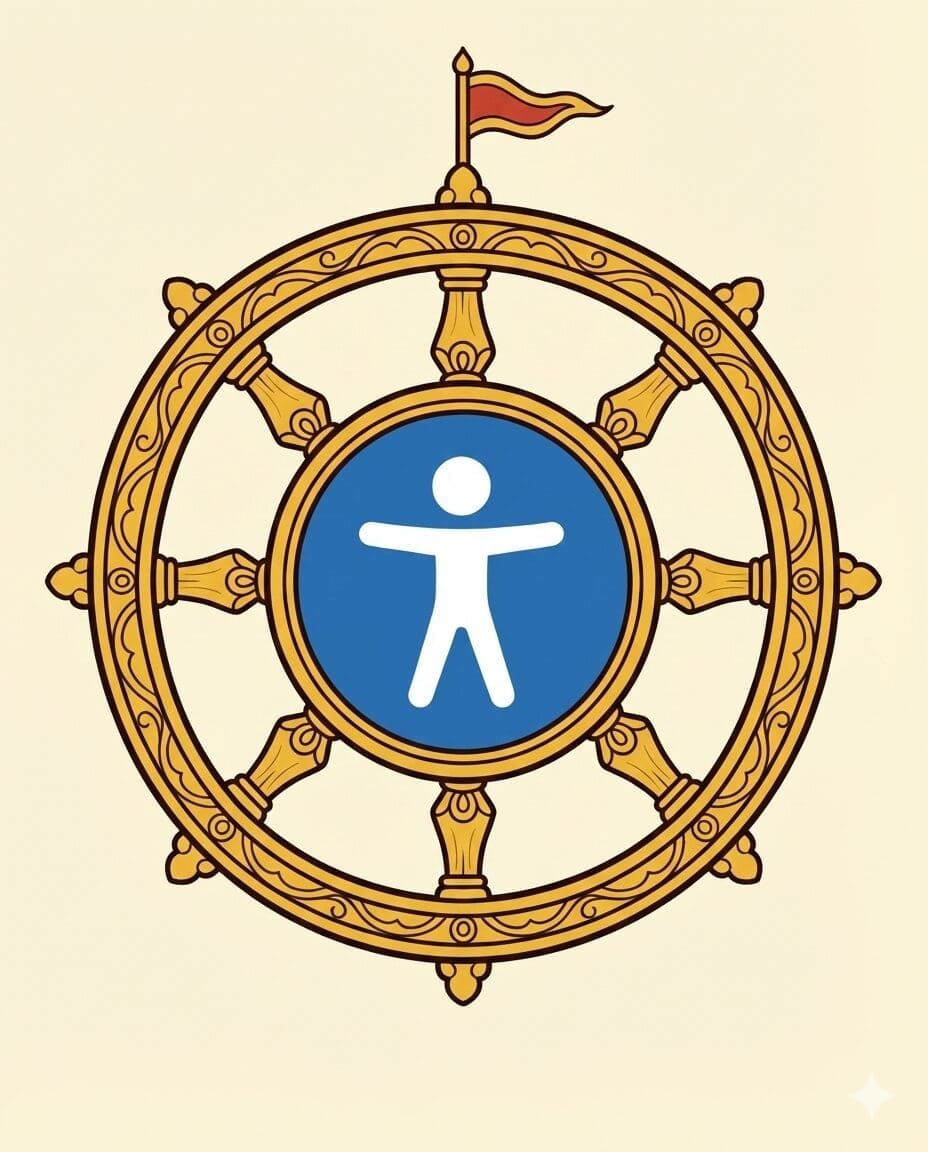Kalpabata Ganesha (Bata Ganesha)

2. Nata Ganesha
Near the Jalakrida Mandap (Swiming Pool Mandap) stands the Nata Ganesha idol, crafted from black granite stone. Facing south, this idol is adorned with a rudraksha garland and elephant tusks and features eight hands holding various objects, including snakes. The figure is in a standing posture, symbolizing the dancing nature of Ganesha
Located near the temple of Sakhi Gopal, the Uchista Ganesha idol has a fascinating history. This form of Ganesha, also known as Bhanda or Kanchi Ganesha, was brought to Puri by King Purushottam Dev after his victory over the Kanchi kingdom. During the battle, Ganesha had initially supported the King
of Kanchi but later withdrew his support upon realizing that Lord Jagannath and Balabhadra were fighting for the Odisha king.
This idol of Ganesha is known for its Tantric associations, with a unique feature being a woman seated on Ganesha’s left thigh, symbolizing fertility and prosperity.
Uchista Ganesha

4. Chara Ganesha
Near the Narendra Tank, a small Ganesha idol known as Chara Ganesha stands as a reminder of the temple’s construction. It is believed that the scaffolding used to carry massive stone slabs to the temple site started from this place. This deity was worshipped to ensure the smooth construction of the Jagannath Temple, a tradition that continues today as Ganesha is invoked before every major undertaking in the temple.
Chara Ganesha

Ganesha Statues Inside Jagannath Temple
Throughout the Jagannath Temple, several Ganesha statues and paintings can be found in various shrines, each playing a unique role in the temple’s sacred spaces. Here is a detailed look at where these statues are located:
- Entrance of Goddess Bimala Temple – A small dancing Ganesha idol is placed at the entrance, facing east.
- Jagmohan of Goddess Bimala Temple – Another Ganesha idol is established on the right side of the inner chamber.
- Khira Chora Gopinath Temple – Ganesha, facing north, is worshipped here.
- Bhoga Mandapa – A black granite Ganesha statue is placed on the south wall, facing south.
- Hari Sahadev Temple – A Ganesha idol is installed as a side deity (Parswa Debata).
- 22 Pahacha Staircase – Several small Ganesha idols are found along the steps leading up to the temple, symbolizing the god’s protection over visitors.
- Markandeswar Temple – Inside the inner courtyard, a Ganesha idol is worshipped, facing east.
- Sun Temple – Another Ganesha idol is installed in a small hole in the north side wall.
- Rosa Ghara (Temple Kitchen) – Known as Rosa Ganesha, this idol receives homage from temple cooks (Suaras) before preparing food offerings.
- Nilachal Garden (Upabana) – In the Chakra Narayan temple, a Ganesha idol is worshipped at the south-facing pedestal.
Ganesha Paintings (Chitra Pratima) in Jagannath Temple
In addition to the statues, there are several intricate paintings of Ganesha, known as Chitra Pratima, inside the Jagannath Temple. These paintings are found at key locations, including:
- Singh Dwar Gumuta – A striking image of Lord Ganesha is seen on the left side of the Singh Dwar entrance.
- Baisi Pahacha Inner Courtyard – Chitra Pratima of Ganesha is seen near Ghanta Mundei Thakurani.
- Dakhineswara Mahadeb Temple – Another painting adorns the outer courtyard on the way to the temple’s kitchen.
- Ishaneswar Temple – Inside the Ishaneswar Temple, Ganesha’s image can be found on the temple wall.
- Jagamohana of Goddess Mohalaxmi Temple – A large Chitra Pratima of Pancha Mukhi Ganesha decorates the north side wall.
Conclusion: The All-Pervading Presence of Ganesha in Jagannath Temple
The presence of Ganesha idols and paintings throughout Jagannath Temple reflects the deep-rooted connection between Ganesha worship and the Lord Jagannath tradition. From ancient times, Ganesha has been invoked to remove obstacles and bring prosperity, a tradition that continues today in Puri. Whether as the compassionate Kalpabata Ganesha or the victorious Uchista Ganesha, Lord Ganesha holds a sacred place in the hearts of devotees at Shri Kshetra, offering blessings and protection to all who seek his guidance.
Ganesha’s pervasive presence, both as an individual deity and as part of the larger Jagannath culture, serves as a testament to the interconnectedness of the Sanatani traditions in Puri.
JAY JAGANNATH
https://justkalinga.com/wp-admin/
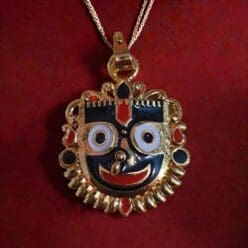 Shri Jagannath Alankrut Locket
₹ 539.00
Shri Jagannath Alankrut Locket
₹ 539.00 "Shri Jagannath Sahasranama Puja" Audio
₹ 1,298.00
"Shri Jagannath Sahasranama Puja" Audio
₹ 1,298.00 Big size Brass hands, Feet and weapons
₹ 149,000.00
Big size Brass hands, Feet and weapons
₹ 149,000.00 Bije kahali For Shri Jagannath Mahaprabhu
₹ 2,998.00
Bije kahali For Shri Jagannath Mahaprabhu
₹ 2,998.00 Shri Gita gobindam Book
₹ 1,998.00
Shri Gita gobindam Book
₹ 1,998.00 Niradrinath gift hamper
₹ 1,859.00
Niradrinath gift hamper
₹ 1,859.00 Dhanwani sankha(Blowing Sankha)
₹ 1,874.00
Dhanwani sankha(Blowing Sankha)
₹ 1,874.00 Shri Jagannath Pujan Padhati for home PDF File
₹ 374.00
Shri Jagannath Pujan Padhati for home PDF File
₹ 374.00 Wooden Patitapawan temple
Wooden Patitapawan temple
 Half-Shirt(Male)
From ₹ 1,499.00
Half-Shirt(Male)
From ₹ 1,499.00 Grace Shawl for Pooja/fastival moments and Temple Visit
From ₹ 675.00
Grace Shawl for Pooja/fastival moments and Temple Visit
From ₹ 675.00 Chandan lagi seva(sandal wood)
Chandan lagi seva(sandal wood)
 Nila Madhav Combo
Nila Madhav Combo


 "Shri Jagannath Sahasranama Puja" Audio
"Shri Jagannath Sahasranama Puja" Audio 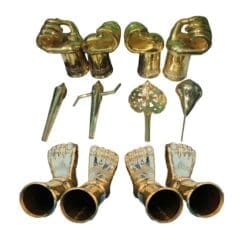 Big size Brass hands, Feet and weapons
Big size Brass hands, Feet and weapons  Bije kahali For Shri Jagannath Mahaprabhu
Bije kahali For Shri Jagannath Mahaprabhu  Shri Gita gobindam Book
Shri Gita gobindam Book 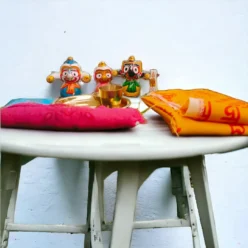 Niradrinath gift hamper
Niradrinath gift hamper 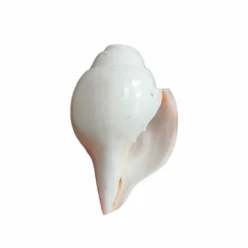 Dhanwani sankha(Blowing Sankha)
Dhanwani sankha(Blowing Sankha)  Shri Jagannath Pujan Padhati for home PDF File
Shri Jagannath Pujan Padhati for home PDF File 




